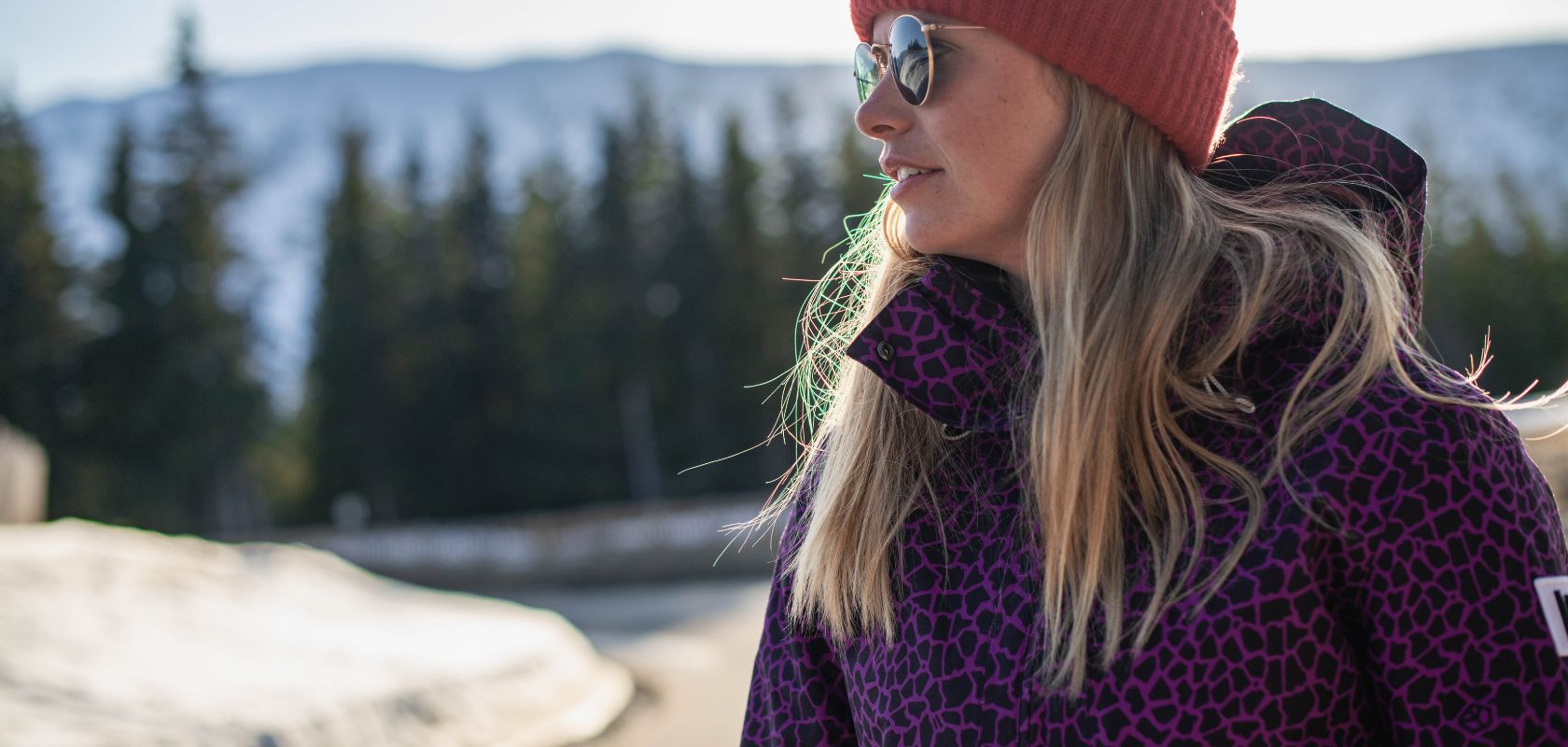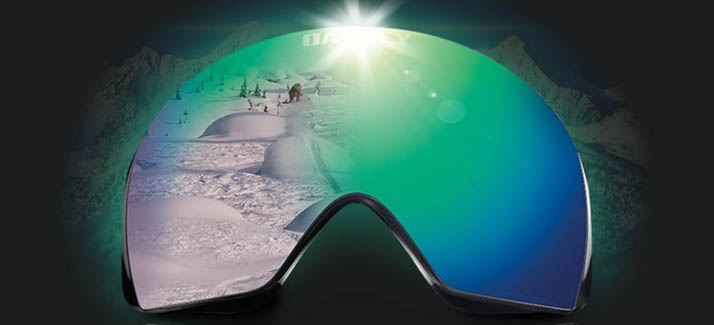Ski Buying Guide
With so many choices available, buying skis can feel overwhelming—especially if you’re new to the sport. But with the right information, you can make a confident decision that matches your ability, style, and the terrain you love. This guide covers every aspect of ski buying, from types and sizing to camber, rocker, and bindings,
Where To Start?
There are plenty of things to consider when you’re buying skis, and it’s important to get it right at every stage to make sure your skis feel like they were made for you. Things to consider:
- Your riding style and preferred terrain
- Length and size
- Ability
- Ski width
- Turning radius
- Rocker type
What Are the Main Types of Skis?
Skiing is a diverse sport, and skis are designed for different conditions and styles.
Piste Skis (On-Piste/Groomed Slopes)
Piste skis are engineered for groomed runs and are typically narrower underfoot. Their design allows for quick edge changes, while the traditional camber provides excellent grip and energy for precise turns. These skis are ideal for beginners and intermediates who stick to marked pistes, as they’re forgiving and easy to control. If your primary goal is to improve your technique on groomed slopes, piste skis are your best bet. See All Our Piste Skis here.
All-Mountain Skis
All-mountain skis are the Swiss Army knives of the ski world—versatile enough to handle a variety of conditions, including groomed runs, moguls, and light powder. They usually have a moderate width and a balanced camber/rocker profile, making them a great choice for skiers who want one pair for everything the mountain has to offer. If you’re a yearly holidaymaker who likes to explore different terrains, all-mountain skis are your go-to option. See All Our All-mountain Skis here.
Freestyle Skis
Freestyle skis are twin-tipped (with turned-up tails) and are softer than piste skis. They’re designed for terrain parks, jumps, and tricks, offering a forgiving flex and rocker profile that makes them easy to manoeuvre and land jumps. If you love to play and express yourself on the slopes, freestyle skis are the perfect choice. See All Our Freestyle Skis here.
Freeride and Powder Skis
Freeride and powder skis are wider and have a longer turn radius. The extra width provides better float in deep snow, while rocker profiles help with manoeuvrability in off-piste terrain. These skis are ideal for advanced skiers who enjoy exploring beyond the groomed runs and want to tackle powder, steeps, and trees. See All Our Freeride Skis here.
Alpine Touring and Backcountry Skis
Alpine touring skis are lightweight and designed for both uphill and downhill skiing, often featuring tech bindings for efficient climbing. Backcountry skis are similar but may be even lighter and narrower for easier movement in deep snow. If you’re eager to explore beyond the resort boundaries and enjoy the adventure of ski touring, these skis are for you. See All Our Touring Skis here.
How Do I Choose the Right Ski Length?
Selecting the correct ski length is one of the most important decisions you’ll make. The right length depends on your height, weight, skiing ability, and the type of terrain you prefer:
- Beginners: Shorter skis (between your chin and nose height) are easier to turn and control, making them ideal for those still building confidence.
- Intermediate/Advanced Skiers: Skis that reach between your chin and the top of your head offer a good balance of stability and manoeuvrability.
- Expert/Racing Skiers: Longer skis (above head height) provide more stability at high speeds and in challenging conditions.
Tip: If you’re unsure, err on the shorter side for easier handling, especially if you’re still building your skills.
What Does Ski Width Mean and Why Is It Important?
Ski width is measured underfoot and has a significant impact on performance in different snow conditions:
- Narrow Skis (65–78mm): Best for groomed runs and carving. They’re quick to edge and easy to turn.
- All-Mountain Skis (78–98mm): Versatile for a range of conditions, including light powder and hard-packed snow.
- Wide Skis (98mm+): Designed for deep powder and off-piste skiing. The extra width provides better float and stability in soft snow.
Example: A ski named “XYZ 88” is likely 88mm wide at the waist.
What Is Camber and Rocker and How Do They Affect Performance?
Alpine touring skis are lightweight and designed for both uphill and downhill skiing, often featuring tech bindings for efficient climbing. Backcountry skis are similar but may be even lighter and narrower for easier movement in deep snow. If you’re eager to explore beyond the resort boundaries and enjoy the adventure of ski touring, these skis are for you.
Camber
Camber refers to the upward curve in the middle of the ski when it’s laid flat on the ground. This classic profile has been used for decades and is a hallmark of traditional alpine skis. When you stand on a cambered ski, your weight presses down on the middle, causing the ski to flatten out and engage its entire edge with the snow. This creates a longer effective edge, which translates into more stability, better edge grip, and precise carving ability.
Rocker
Rocker (sometimes called “reverse camber” or “early rise”) is the opposite of camber. In a rockered ski, the tips and/or tails curve upward, lifting them off the snow when the ski is laid flat. This profile was originally developed for powder skiing but is now found in many all-mountain and freestyle skis.
Flat
Flat camber skis, or zero camber, is when the ski is completely flat along its length. As it is flat it does not have the same edge control as a camber or reverse camber ski, so it may not be best as a piste ski. These are best for powder skiing or freestyle skiing, where you will typically be skiing on piste to get to the park or the powder areas.
Camber-Rocker Profiles (Tip & Tail Rocker, Tip Rocker)
Camber-Rocker Profiles combine the energy and edge grip of traditional camber with the float and manoeuvrability of rocker. With Tip Rocker, camber underfoot provides stability and power, while the lifted tip makes turn initiation easier and improves float in powder. Tip & Tail Rocker (double rocker) adds a lifted tail as well, further enhancing agility and making the ski even more playful and forgiving in soft snow or technical terrain.



What Is Turning Radius and Why Does It Matter When Buying Skis?
Turning radius is a crucial technical specification that directly affects how your skis perform on the slopes. It refers to the smallest circle a ski can naturally carve when you edge it onto its side. The turning radius is calculated using the ski’s sidecut dimensions and length. Skis with a deep sidecut (a big difference between tip, waist, and tail widths) have a shorter turning radius, making them more agile and easier to turn quickly. Skis with a shallow sidecut have a longer turning radius, which provides more stability at high speeds but requires more effort to turn sharply.
How Does Turning Radius Relate to Camber and Rocker?
While turning radius is primarily about sidecut, the camber and rocker profile of a ski can influence how it feels in a turn:
- Camber-dominant skis with a short turning radius are energetic and responsive, making them ideal for quick, precise turns.
- Rocker-dominant skis with a short turning radius are playful and easy to pivot, making them great for freestyle and off-piste skiing.
- Skis with a long turning radius are generally more stable at speed, regardless of camber or rocker, but may feel less nimble in tight spaces.



What Mistakes Should I Avoid When Buying Skis?
- Buying skis that are too advanced or too basic for your ability level.
- Choosing skis based on what others like, rather than your own needs.
- Buying skis that are too wide for the terrain you ski most often.
- Neglecting to get professional advice or a proper fitting.
- Focusing only on price or brand, rather than performance and suitability.
Should I Buy Skis with Integrated Bindings?
Skis with integrated bindings, commonly known as system skis, offer a convenient and user-friendly option for many skiers. These skis come ready to use straight from the shop, as the bindings are pre-installed and carefully matched to the ski’s design and intended use, ensuring a secure and compatible fit for your boots—ideal for beginners or those who simply want a hassle-free experience.
Flat skis, which do not include bindings, provide greater flexibility and customisation for your ski setup. By choosing your own bindings, you can select models that best suit your skiing style, preferred features, or specific brand preferences, making this option particularly appealing to intermediate and advanced skiers who have more defined needs or want to fine-tune their equipment.
Always ensure the binding brake width matches your ski width for both safety and performance. Proper brake width prevents the brakes from dragging or failing to deploy, which is essential for stopping effectively and maintaining control on the slopes. This is true regardless of whether you choose system skis or flat skis with separate bindings.
Discover Your Perfect Gear
Our in-store experts are fully trained to help you choose the right equipment.
Visit your nearest Snow+Rock store for a personalised service and expert advice.
FAQs
Related Articles

Let us know you agree to cookies
We use marketing, analytical and functional cookies as well as similar technologies to give you the best experience. Third parties, including social media platforms, often place tracking cookies on our site to show you personalised adverts outside of our website.
We store your cookie preferences for two years and you can edit your preferences via ‘manage cookies’ or through the cookie policy at the bottom of every page. For more information, please see our cookie policy.
















